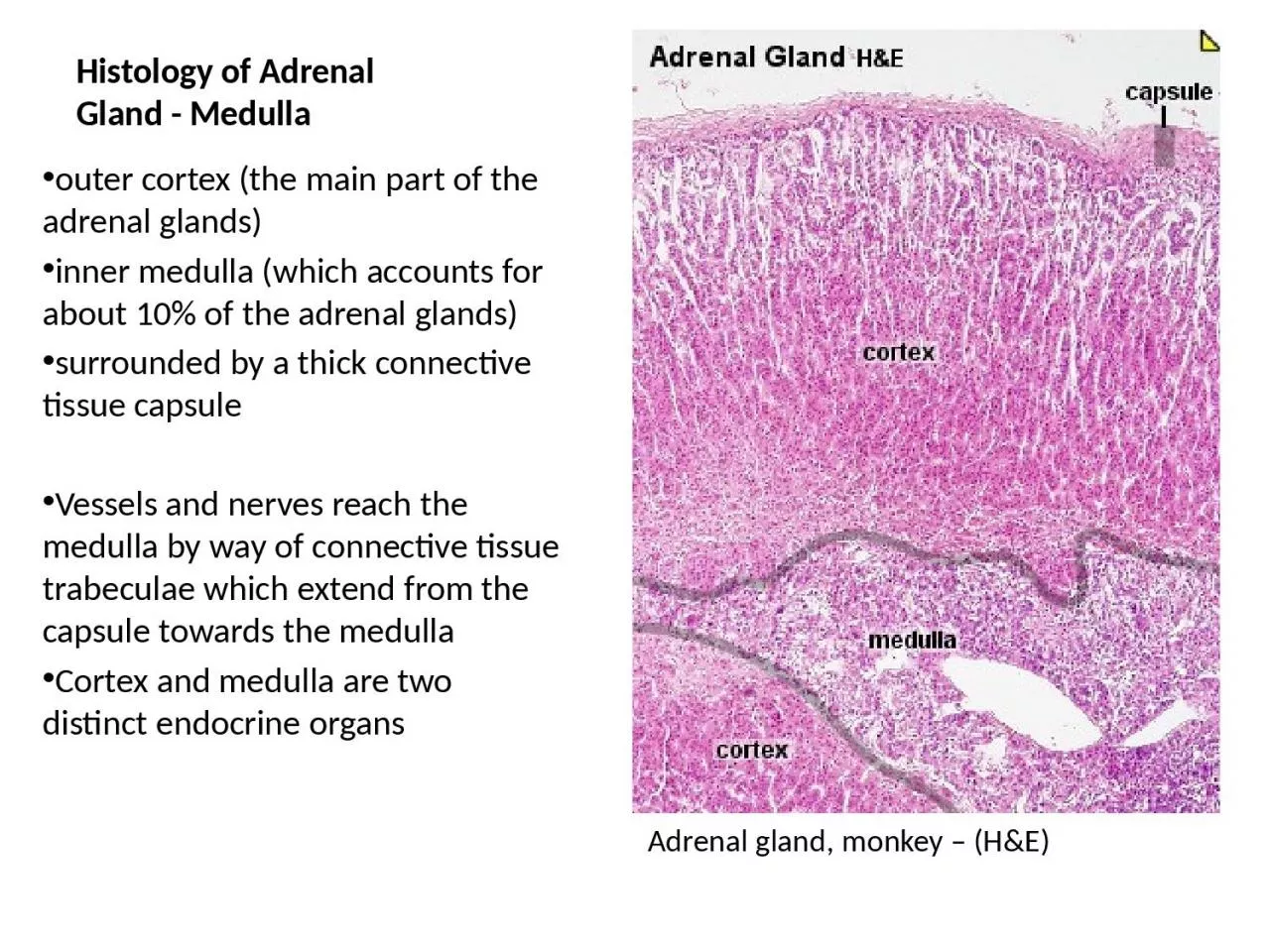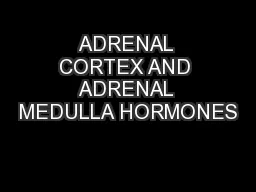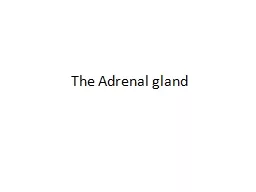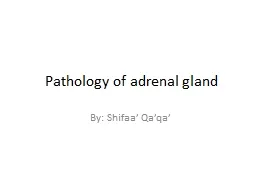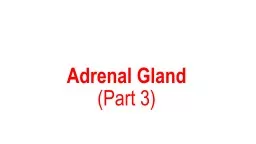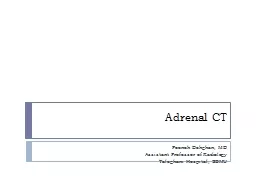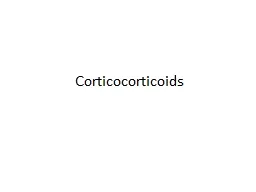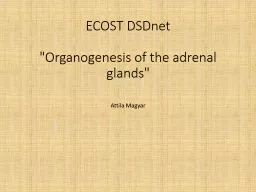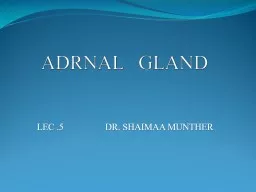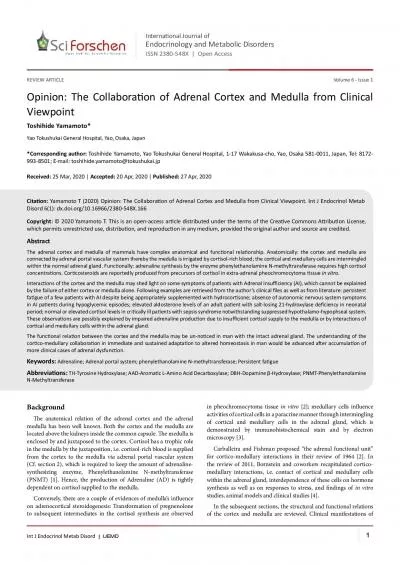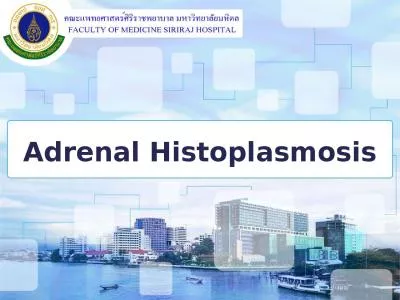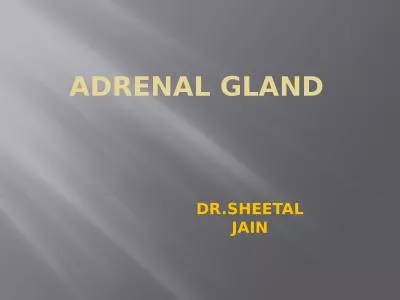PPT-Histology of Adrenal Gland - Medulla
Author : SkylineBabe | Published Date : 2022-07-28
outer cortex the main part of the adrenal glands inner medulla which accounts for about 10 of the adrenal glands surrounded by a thick connective tissue capsule
Presentation Embed Code
Download Presentation
Download Presentation The PPT/PDF document "Histology of Adrenal Gland - Medulla" is the property of its rightful owner. Permission is granted to download and print the materials on this website for personal, non-commercial use only, and to display it on your personal computer provided you do not modify the materials and that you retain all copyright notices contained in the materials. By downloading content from our website, you accept the terms of this agreement.
Histology of Adrenal Gland - Medulla: Transcript
Download Rules Of Document
"Histology of Adrenal Gland - Medulla"The content belongs to its owner. You may download and print it for personal use, without modification, and keep all copyright notices. By downloading, you agree to these terms.
Related Documents

